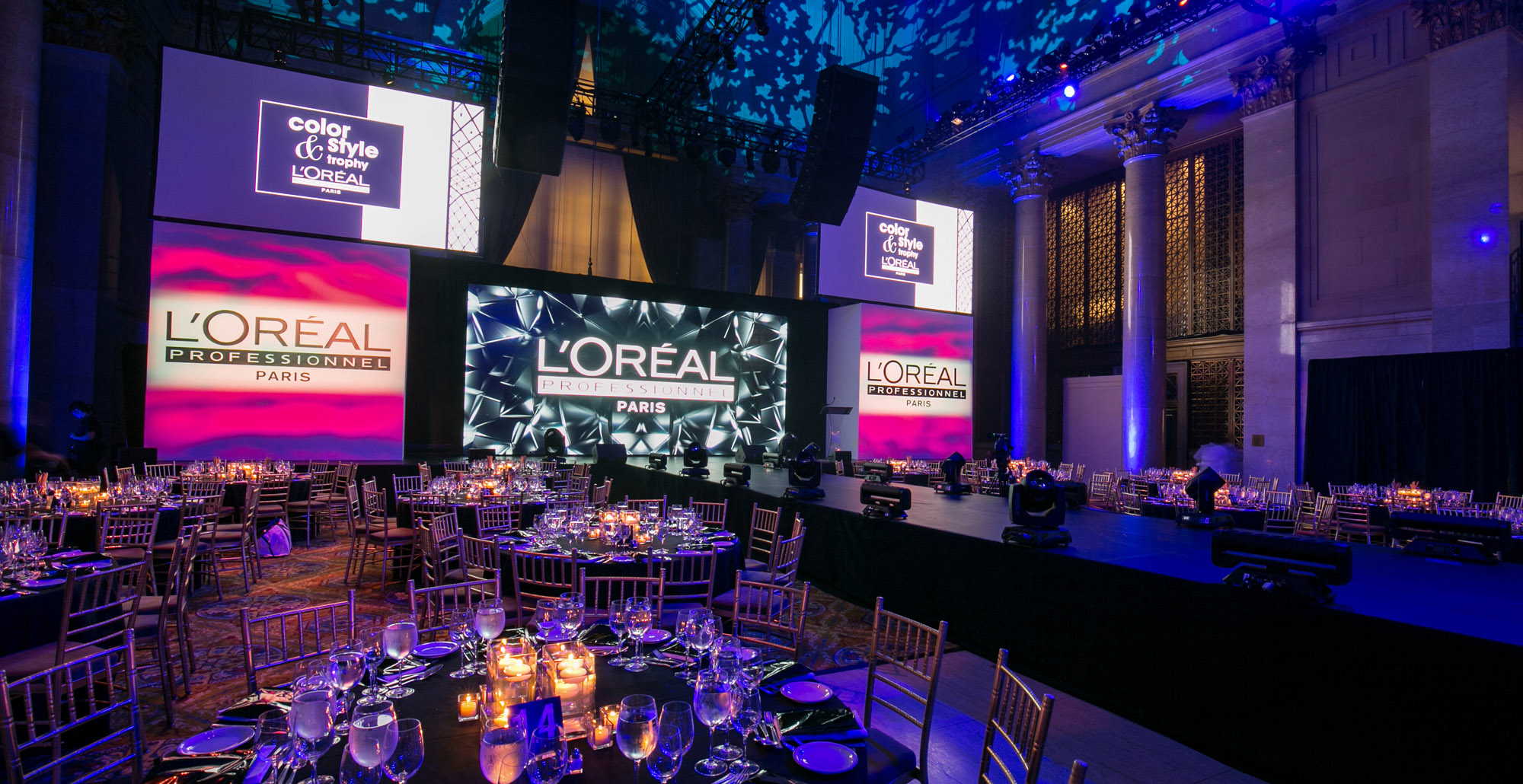Creative Methods to Optimize Usability and Design Beauty in Small Environment Scene Planning.
Wiki Article
Designing compact areas for stage styling can be both difficult and rewarding. When working within limited dimensions, it is crucial to enhance both functionality and aesthetics. This process requires creativity and thoughtful preparation. By utilizing innovative design strategies, one can create an effective setting that fulfills its purpose while also being aesthetically pleasing. Understanding how to optimize area can transform a compact space into a vibrant and captivating setting.
One effective method to improving small stage design is through the use of versatile furnishings. Items that serve more than one purpose can substantially minimize clutter and save room. For instance, a bench can provide accommodation while also providing storage underneath. Folding desks and seats are other great instances, as they can be readily tucked away when not in operation. Selecting pieces that is lightweight and easy to move allows for adaptability in the design, making it adaptable for various tasks or performances.

Another important factor of small space styling is making use of vertical areas. When floor area is restricted, gazing up can offer additional options for storage and decoration. Hanging shelves can store literature, props, or decorative pieces without taking up valuable ground space. Similarly, hanging features such as artwork or lighting can attract the eye upward, creating an perception of height. Incorporating helpful resources tall, slim pieces can also help optimize vertical space while keeping a sleek aesthetic.
Hue and illumination play crucial parts in improving the visual attractiveness of a compact stage. Brighter colors can make a room feel more spacious and more visit the site open, while deeper shades can add dimension and warmth. It is important to choose a palette palette that matches the theme of the set and creates a unified look. Lighting, on the other hand, can aid define zones within the space. Soft, ambient lighting can make a compact area feel more inviting, while carefully placed lights can highlight important features or focal points in the layout.
Lastly, adding organic elements can significantly improve both functionality and aesthetics in small set layouts. Plants not only bring color and vibrancy to a space but can also purify the environment and create a calming ambiance. Using organic materials like wood or rock can bring warmth and texture to the layout. Additionally, large openings or reflectors can enhance the feeling of openness by bouncing illumination and creating a connection with the external environment. In conclusion, integrating these elements carefully can lead to a harmonious and practical space that attracts the attention of its viewers.